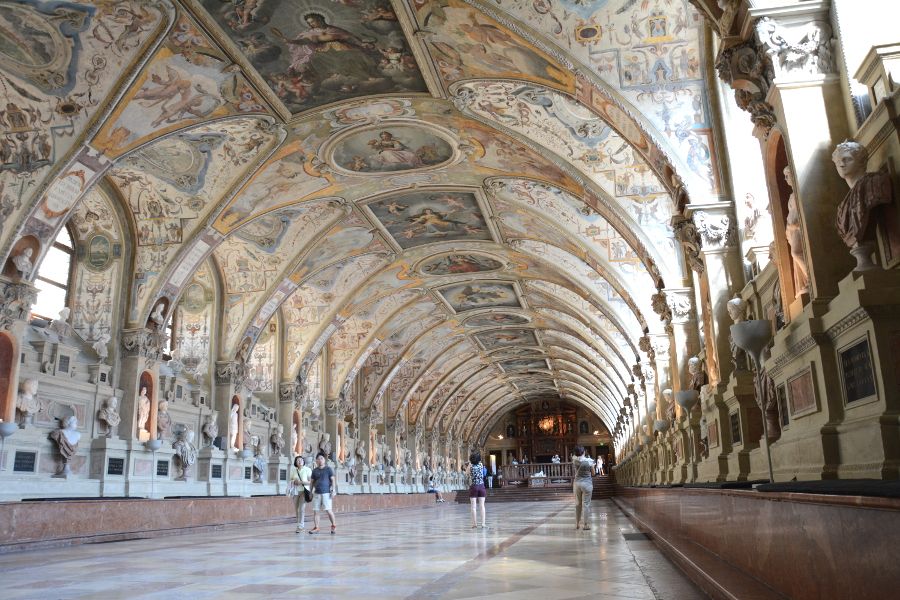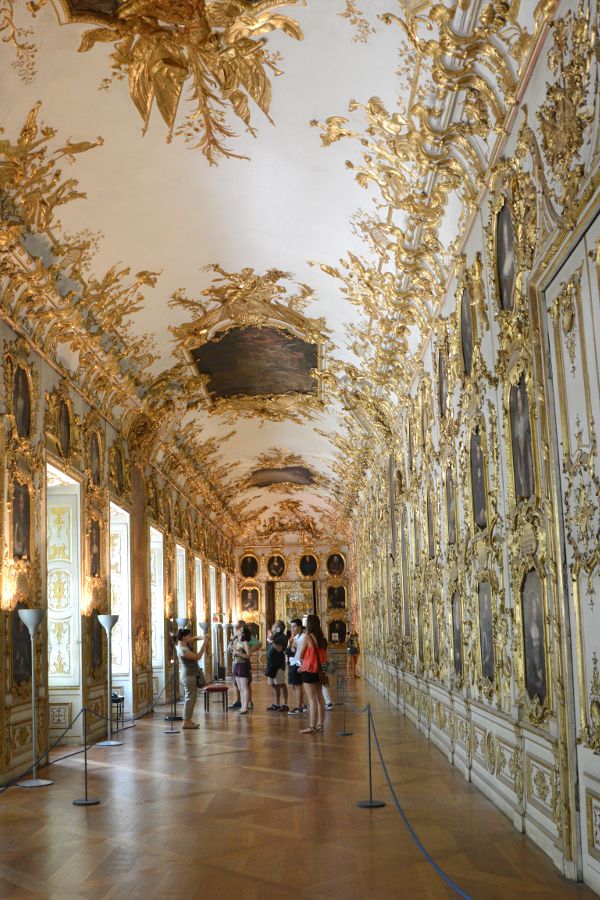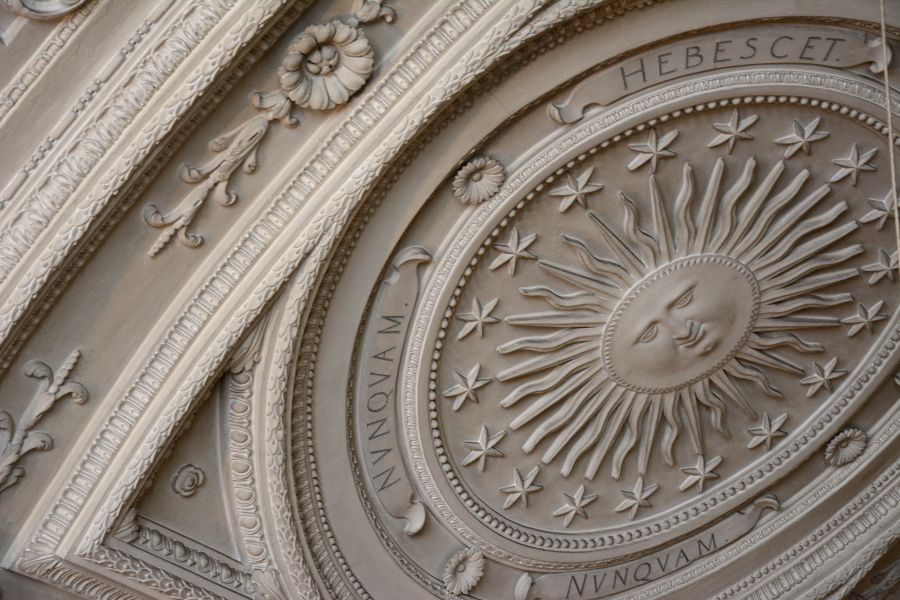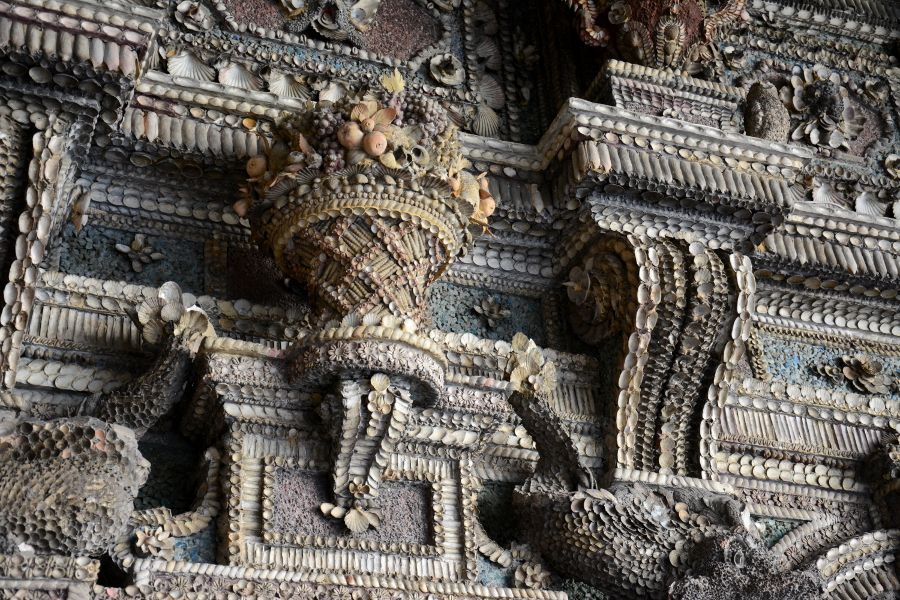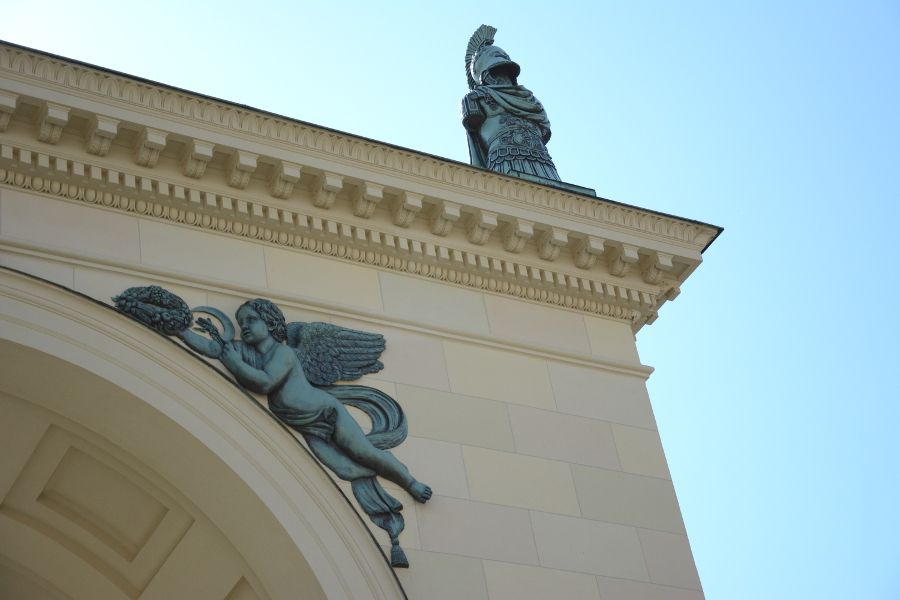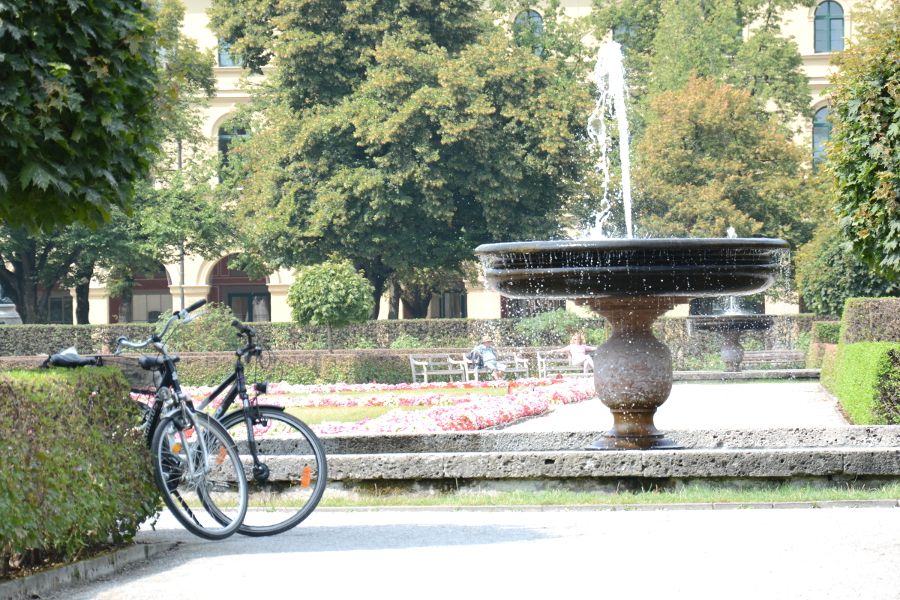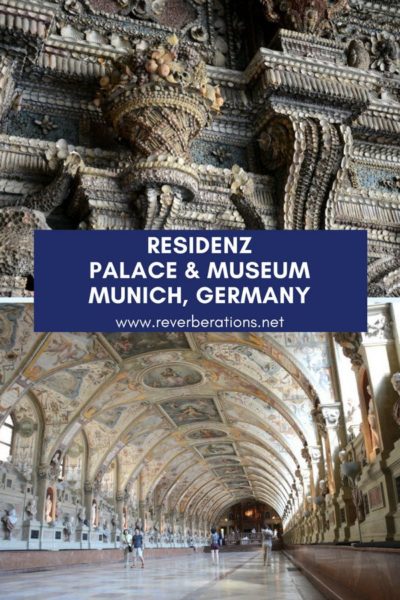Prepare to be in awe of the historic paintings, priceless jewels, and lavish decor on display at the Munich Residenz. Visiting the Residenz Palace in downtown Munich, Germany involves a lot of commitment. Put on your most comfortable walking shoes, clear your calendar for the entire day and eat a large, filling breakfast because you’re going to need it. Please do not consider this advice. It is a necessity. It can seem impossible to see all that the Residenz has to offer, or even part. But it sure is a fun challenge!
History of the Munich Residenz
Opened to the public in 1920, the Munich Residenz served as the royal palace for the Wittelsbachs, the family that reigned in Bavaria for nearly 800 years. The earliest parts of the building date to 1385. Like much of Munich and Germany in general, large portions of the building were destroyed during World War II. It was, however, rebuilt following the war. The intent was to return it as close as possible to what it once was. It has been open to the public since 1920.
Today there are three separate museums that you can visit. The museums are the Treasury (or Schatzkammer), Cuvilliés Theatre, and the Residenz Museum.
Read More: Munich Tips & Picks: My Favorites
Residenz Schatzkammer
The Treasury, or Schatzkammer, has the Wittelsbach family jewels on display. Included in the collection are jewels and spectacular works of gold, enamel, and crystal. There are also religious relics and objects.
Read More: Exploring the Riches of the Schatzkammer
Cuvilliés Theatre
Cuvilliés Theatre was the court theater of the Residenz. The lavish rococo style building opened in 1753 with a performance of Ferrandini’s Catone in Utica. Elector Maximilian III Joseph commissioned the building of the theater. Johan Baptist Straub oversaw the theater’s wood carvings. Straub’s work can be seen across Bavaria from altarpieces at Kloster Andechs to nearby Schloss Nymphenburg.
By 1795, the public was welcome at performances in the theater. The theater’s stage saw many premieres in its heyday, including one-time Munich resident Mozart and his rumored (although unlikely) rival Antonio Salieri.
In the early 1800s under King Ludwig I, the theater was renovated to become a depot for the National Theater. By 1857, King Maximilian II had the Residence Theater restored and reopened. Following World War II, the building was recreated and rebuilt. It reopened in 1958. The theater has been renovated and was modernized in the mid-2000s.
Read More: Cuvilliés Theatre
The Munich Residenz
The Residenz Museum allows visitors to walk through the Wittelsbach residence. This includes private apartments as well as more public rooms used for receptions and ceremonies. Each room has lavish decorations, from the floors to the ceilings and the walls — and that is before you even consider the objects in the rooms.
One of the museum’s most notable rooms is the Antiquarium. The 66-meter long room, with its arched ceiling of artwork and lined with antique busts, is incredible. Every inch of the room has a detail to take in and appreciate. Elsewhere in the Ancestral Gallery portraits of family members cover the walls in gilded frames.
Pace yourself because the rooms go on for seemingly ever. Also, be sure to pick up a map when you enter. While the museum does have arrows to direct visitors, they are not the clearest. The museum also provides free audio guides. As of 2017, small portions of the museum are under renovation. Do not let that deter you: there is pleeeeeeenty to see.
Read More: How to Spend 24 Hours in Munich
Residenz Court Garden
Also not to be missed is the Court Garden. Covered by beautifully manicured hedges and brightly colored flowers everywhere, the Court Garden has a round pavilion as its centerpiece. Surrounding the pavilion, in each quarter is a water fountain. And, of course, there are plenty of benches on which to sit and take it all on. Take time to look at the pavilion up close. The interior has fantastic decorations. It is the original pavilion by Heinrich Schön the Elder from 1615.
Residenz Tickets & Tips
Each museum requires a separate ticket. If you plan to visit several of the palaces and buildings under the care of the Bavarian Palace Department, you can potentially save money buy purchasing a palace pass.
To gain admission to any of the three museums that make up the Residenz as a palace pass holder, simply show your pass at the ticket counter and ask for a ticket to whichever museum(s) you are planning to attend.
Read More: Save Money Traveling in Bavaria With These Simple Tips
Getting There
Munich Residenz is in downtown Munich on Odeonsplatz, just a stone’s throw from Marienplatz. The most convenient way to get to the Residenz Munich is via public transit. The closest stops are Marienplatz by S-Bahn; Marienplatz or Odeonsplatz by U-Bahn; Odeonsplatz by bus; and Nationaltheater by tram. The Residenz museum does not have its own parking lot. There is a small amount of parking nearby, including a parking garage beneath the Nationaltheater.
Save this post for later on Pinterest!
All photos, as well as all opinions, are my own.
